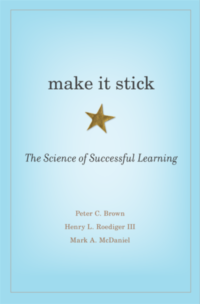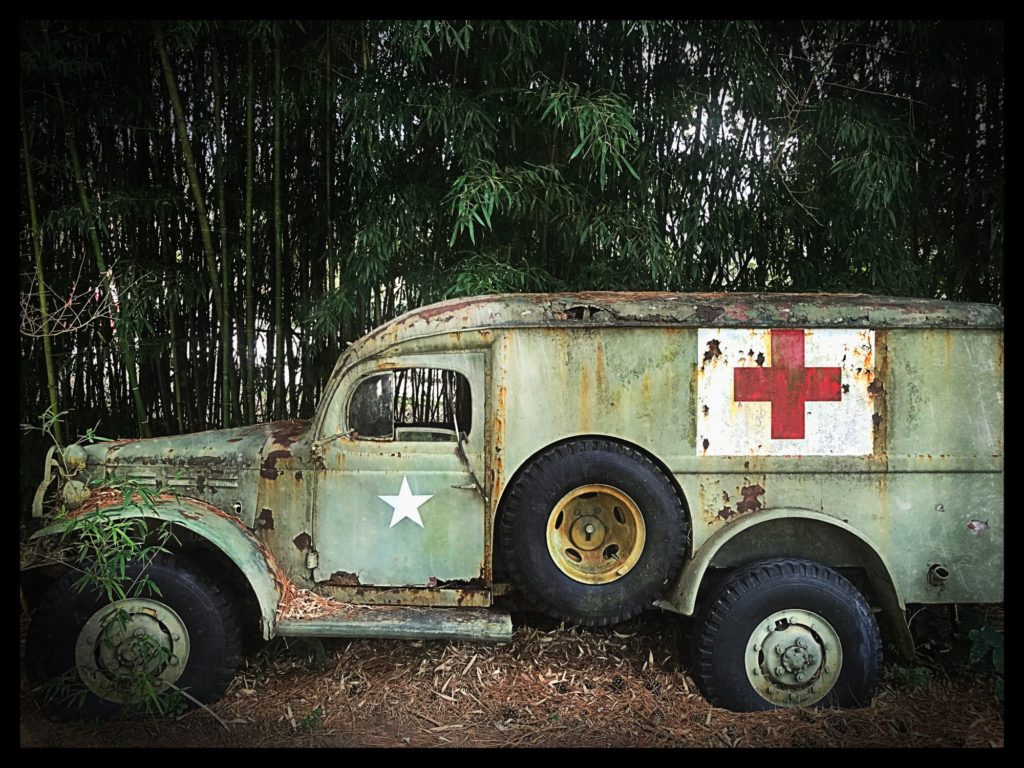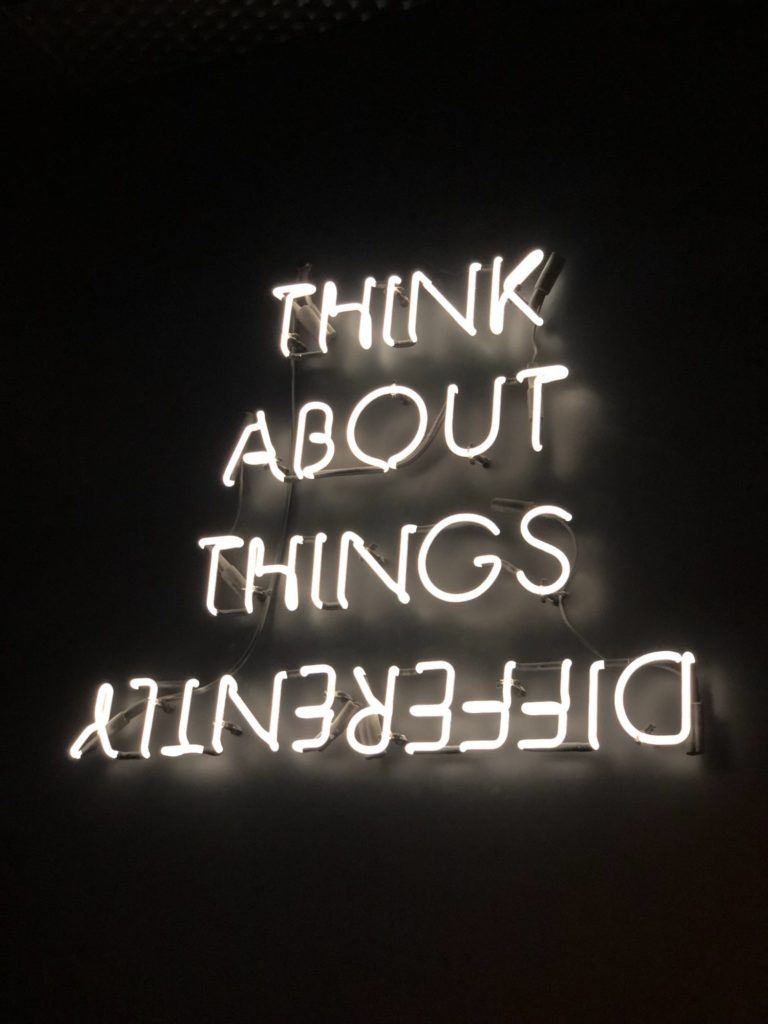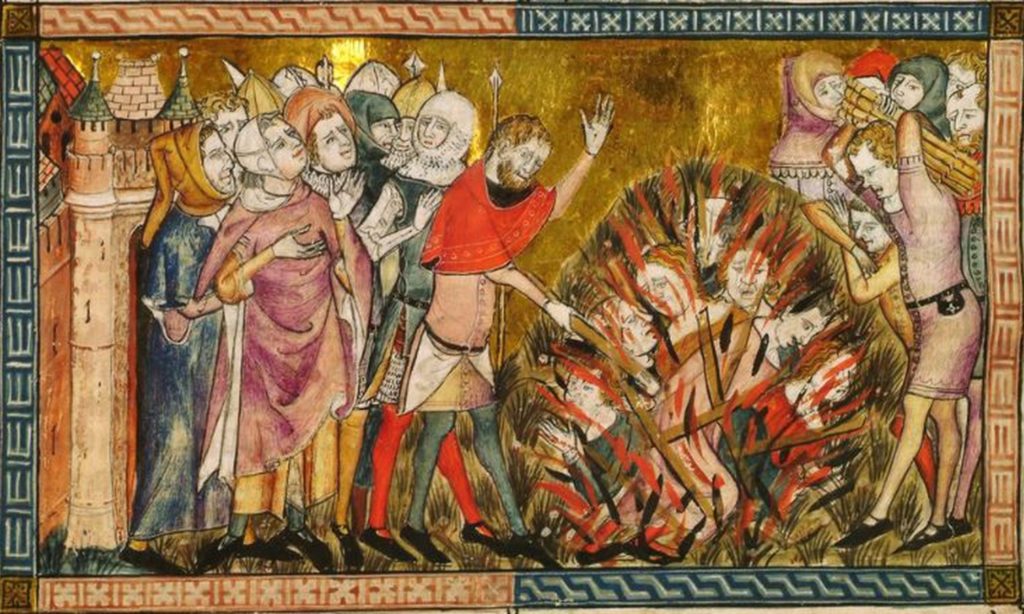Pride, Prejudice, and Professionalism

Grace White, PT, DPT, relates in her essay, “Pride, Prejudice, and Professionalism,” how she used patience, insight, and a clever strategy to overcome her patient’s sexist bias against her and deliver his treatment.
The Science of Successful Learning: Applications to Physical Therapy Education

Co-author of the book Make it Stick: The Science of Successful Learning, Mark McDaniel offers his insights into the importance of questioning the “erroneous intuitions and common practices” within contemporary education. The book highlights the faulty ways people often go about learning, and explains the research supporting how learning and memory actually work and can be optimized. In applying these concepts to physical therapy education, Leda McDaniel, Mark McDaniel’s daughter, presents three key learning techniques from Make It Stick. Having successfully employed these techniques over the years, Leda notes how they can help students “overcome challenges in acquiring the foundational knowledge and skills needed for physical therapy practice.
Learning Sciences in Curricula: Making Excellence in Physical Therapist Education Stick

This companion piece to the McDaniels article builds on their arguments for improved learning and applies them to physical therapy education. Steven Ambler advocates for the integration of Learning Sciences in physical therapy curricula. “Curricula that position the student, faculty, and profession as learner, and consider the plurality of learning theories, can help us all reach a deeper sense of what it means to be a physical therapist serving society,” he notes.
Social Context and Ambivalence in Medicine: A Book Review of “Doctors at War: Life and Death in a Field Hospital”

In their insightful review of Doctors at War, Sean Halpin and Mariano Dossou Kpanou highlight the importance of the book’s account of how a medical team operated on the front lines of war in Afghanistan in 2011. “Few studies examine how teams work together in extreme and challenging environments,” they note. But this short and intense book “provides a unique glimpse into how these teams function in real time.” Reading it may help prepare healthcare professionals “for unprecedented situations, such as the COVID-19 health crisis of 2020,” they conclude.
Book Review of Jim Linnell’s “Take It Lying Down: Finding My Feet After a Spinal Cord Injury”

Jamie Fleshman reviews Jim Linnell’s book, “Take It Lying Down: Finding My Feet After a Spinal Cord Injury,” Linnell’s lively and moving account of his first two years of rehabilitation after a catastrophic accident. Fleshman also presents her interview with Linnell, including his advice for patients and clinicians during those first two critical years.
Fall From

Julia Chevan leads us into her experience of a concussion through her moving and intimate poem, revealing the challenge of recognizing a new reality on the road to recovery.
Constellation Syndrome

In this exquisite poem, Sophie L. Schott conveys the language that envelops a mother and her infant son, surrounded by complex medical equipment and imagining another narrative, a life not “seen through the telescope of sickness.”
Communicating in the Silence: Mental Health and Cultural Considerations in the Deaf and Hard of Hearing Population

“Communicating in the Silence” focuses on the challenges that deaf and hard-of-hearing (DHH) patients can face when seeking mental healthcare. Marcela Almeida and Katherine Kosman detail the barriers to care of one DHH young man, whose “medical diagnosis and treatment path were substantially changed by a more careful assessment that considered the unique aspects of the DHH population.” The authors’ recommendations for the future include an argument for greater use of Certified Deaf Interpreters in healthcare.
Fall 2020 Resources

Download the article (pdf) Table of Contents What We’re Reading Happiness is a Choice You Make by John Leland Aging is something that we, as a society, tend to see in a negative light—a period of life when everything deteriorates, including our value to society. We fear that we will no longer be able to […]
Historical Perspectives in Art: The Value of Art History in a Pandemic: Teaching as a Healing Force

In this powerful reflection, Siobhan Conaty shows how art history as a health humanities discipline can provide two uniquely different (yet equally important) teaching methods for students reckoning with a health crisis. One negative (a critical reading of graphic pandemic images) and one positive (looking to art as a powerful healing instrument), each serves an important purpose. Conaty details the positive approach she recently chose for her students — emphasizing art as a healing force.

